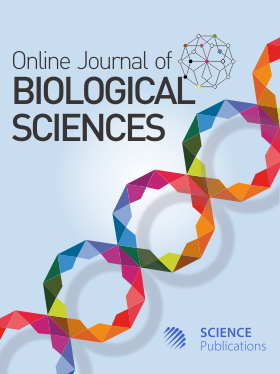Clostridia in Commercial Fish of the Azov and Black Seas and in Aquaculture Facilities in the Southern Region of Russia
- 1 Southern Federal University, 344006, 105/42 st. Bol’shaya Sadovaya, Rostov-on-Don, Russia
- 2 Azov Fisheries Research Institute, 344002, 21 st. Beregovaya, Rostov-on-Don, Russia
Abstract
The paper presents studies on the infection with clostridia of fish with skin lesions and ulcers on the surface of the body. The objects of study were syrman goby from the eastern part of the Taganrog Bay of the Sea of Azov, turbot from the shelf zone of the north-eastern Black Sea and carps reared under aquaculture conditions. Using an Autoflex speed III Bruker Daltonics (Germany) mass spectrometer, by the MALDI-TOF mass spectrometry was showed that sulfite-reducing clostridia (Clostridium perfringens, C. sporogenes) have been shown to infect the organs and tissues of syrman goby with vibriosis and turbot with ulcerative skin lesions of unknown etiology. Species such as Clostridium difficile, Clostridium novyi are of clinical importance and were found in the parenchymal organs of carp suffering from chronic aeromonas infection on pond fish farms in the southern Russia. These bacteria are its cosmopolitan distribution ability them to generate heat-resistant spores and cause food poisoning, which makes control and prevention measures needed in the food chain.
DOI: https://doi.org/10.3844/ojbsci.2019.37.45

- 5,986 Views
- 3,549 Downloads
- 6 Citations
Download
Keywords
- Clostridia
- Commercial Fish
- Disease
- Spores
- The Azov Sea
- The Black Sea
- Turbot
